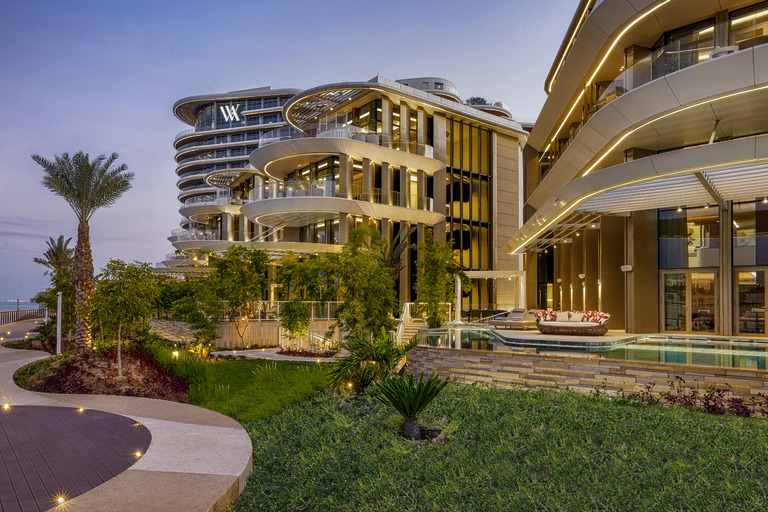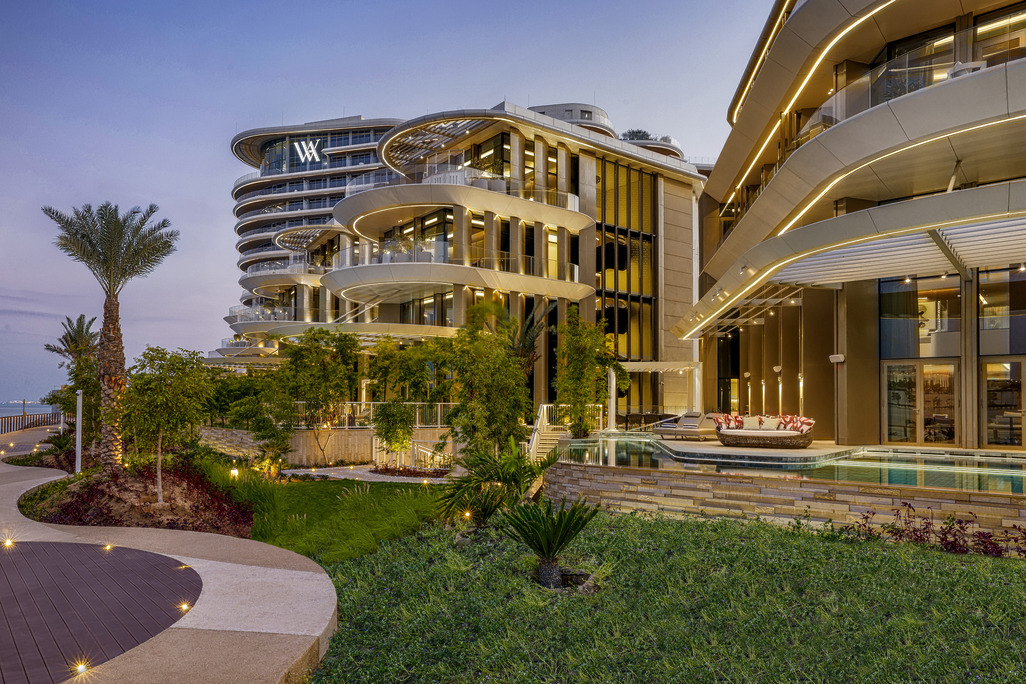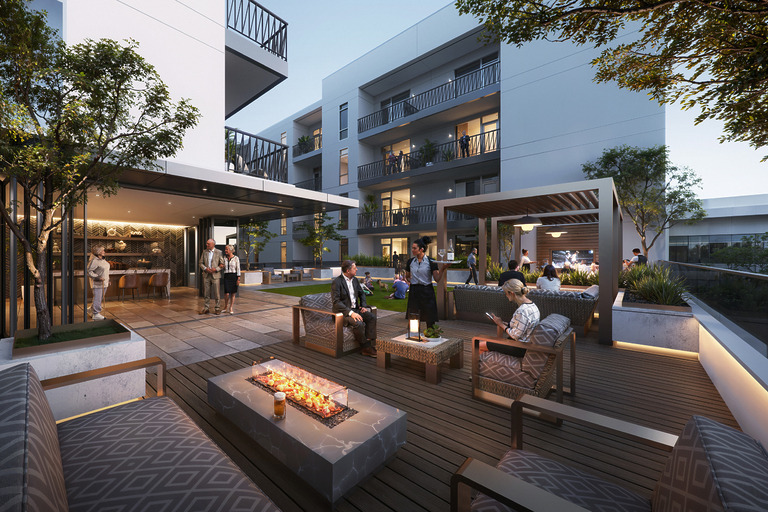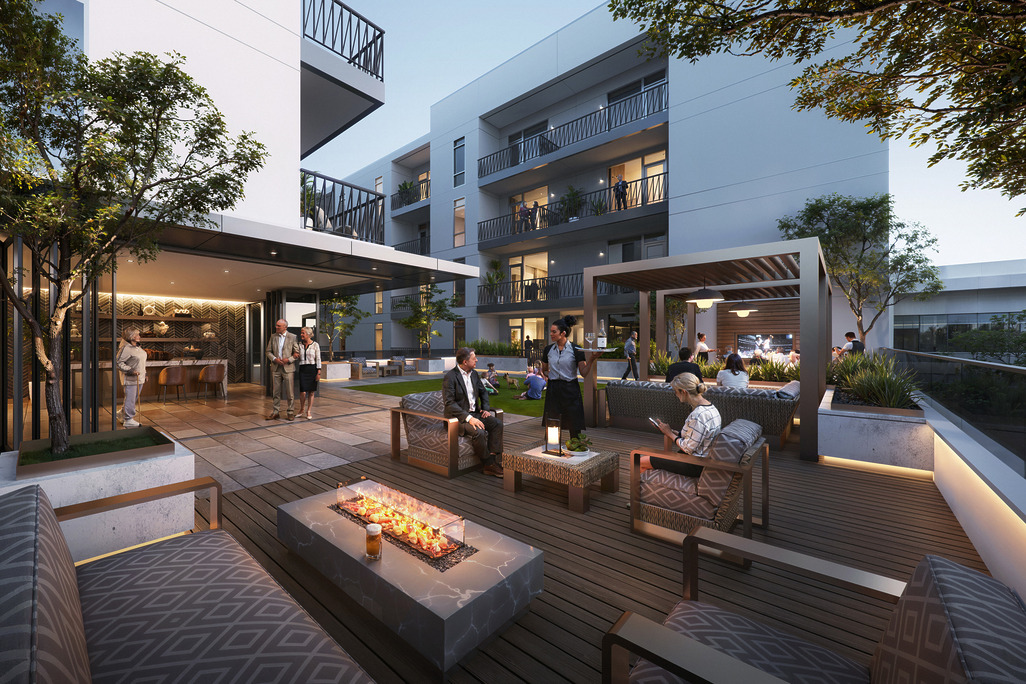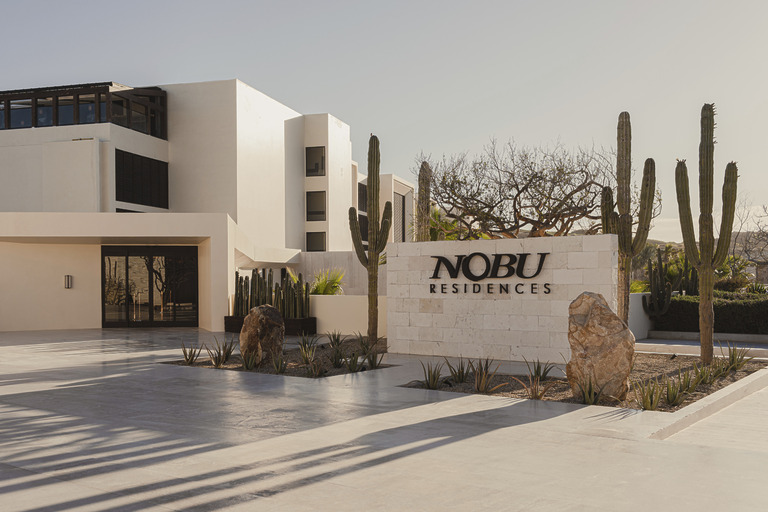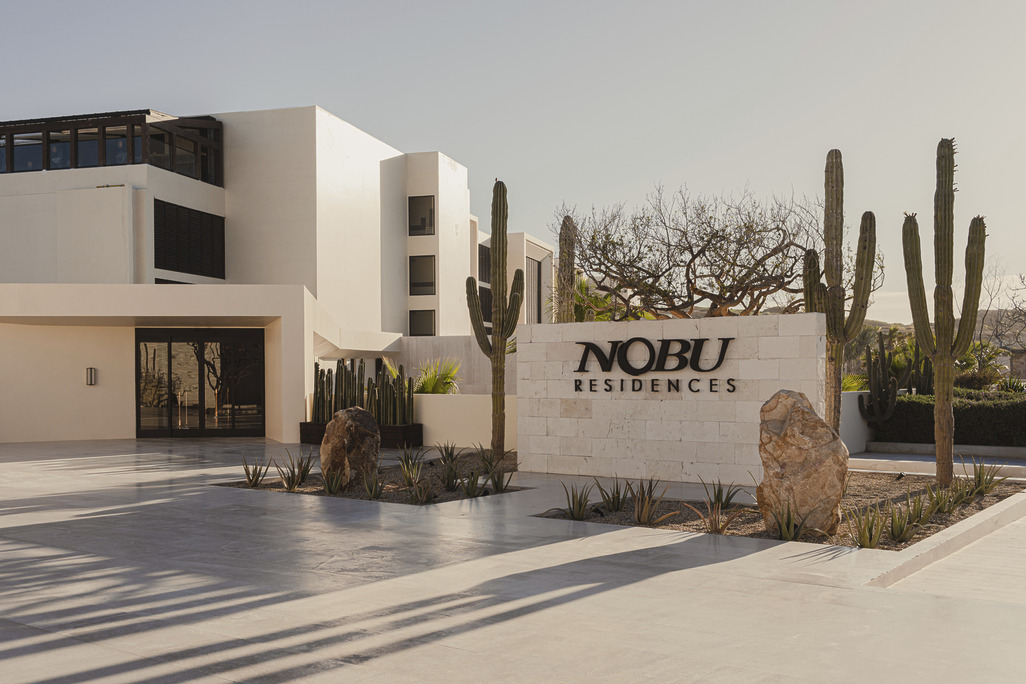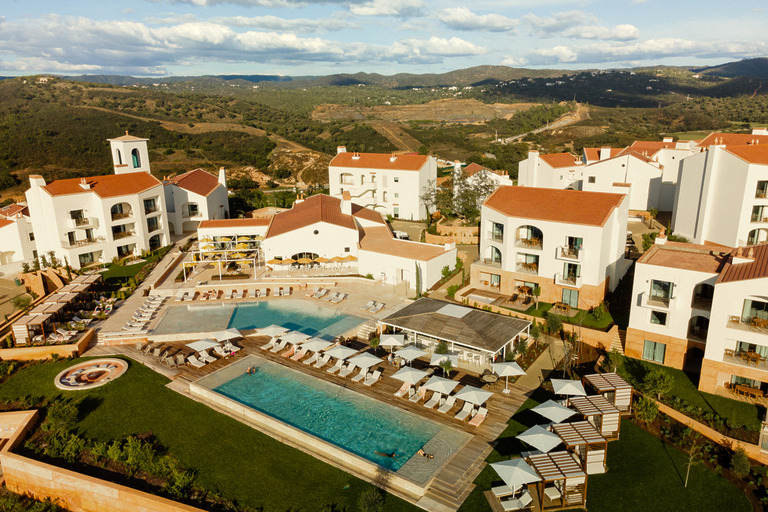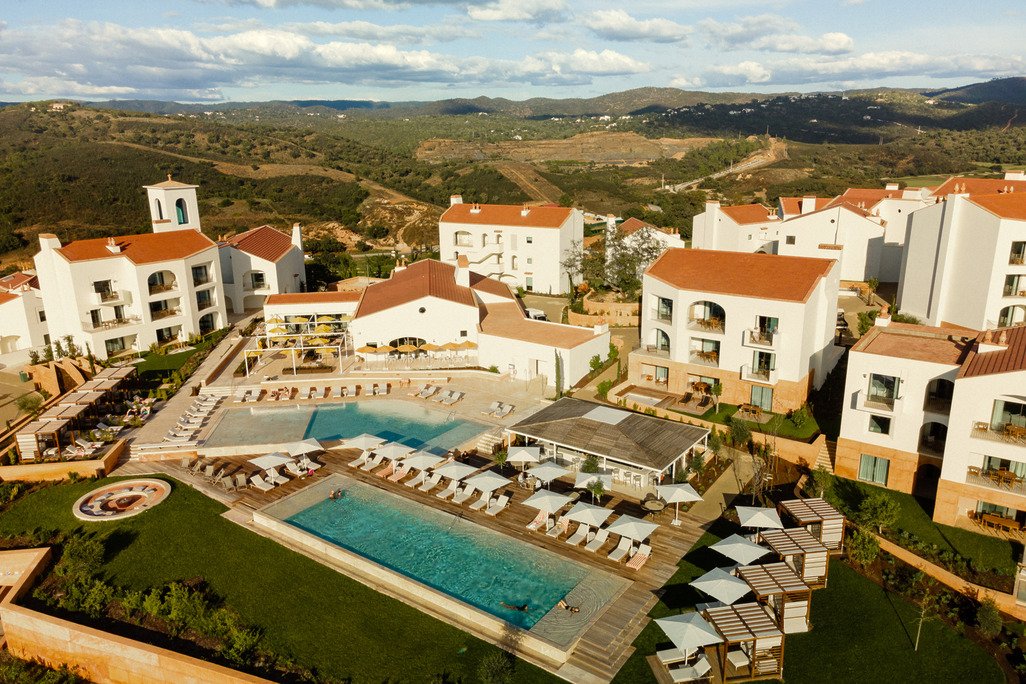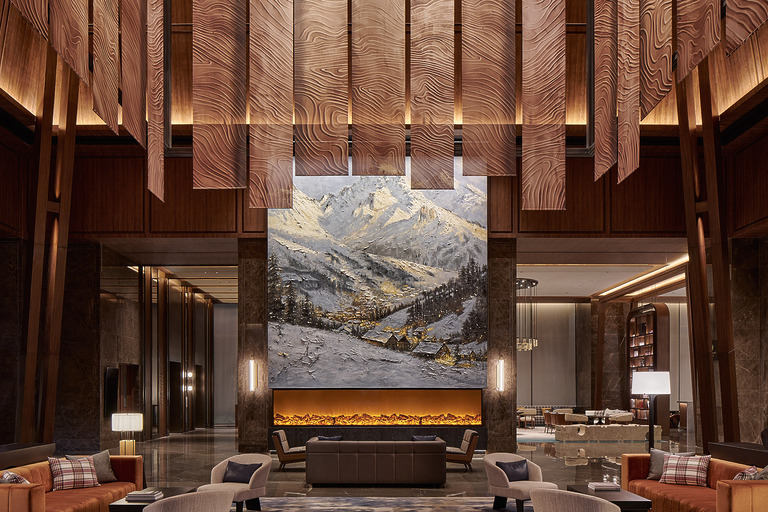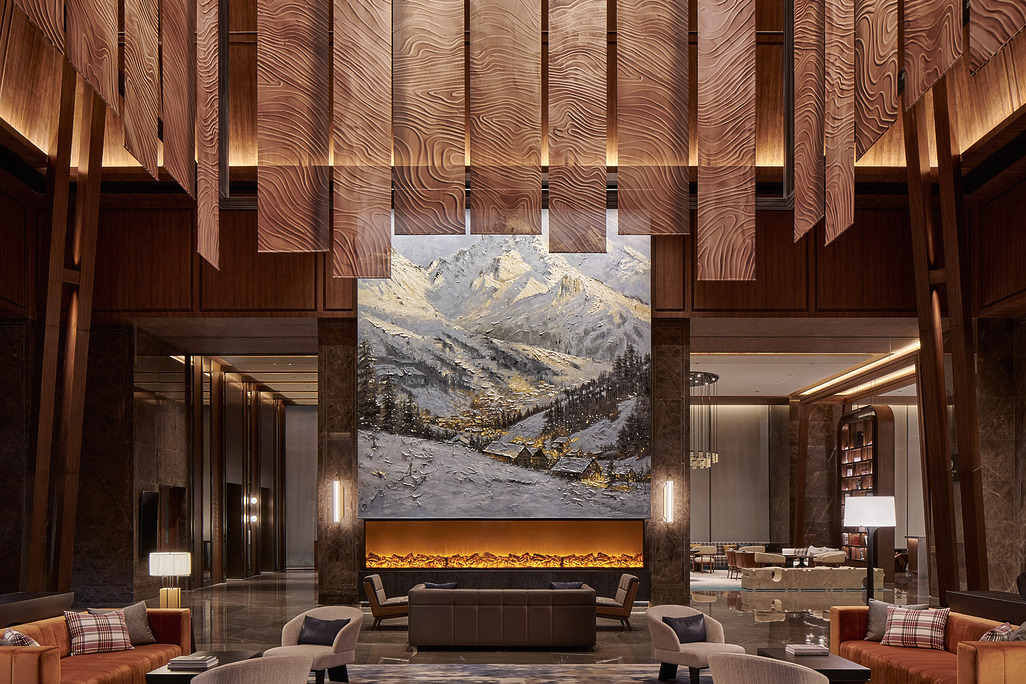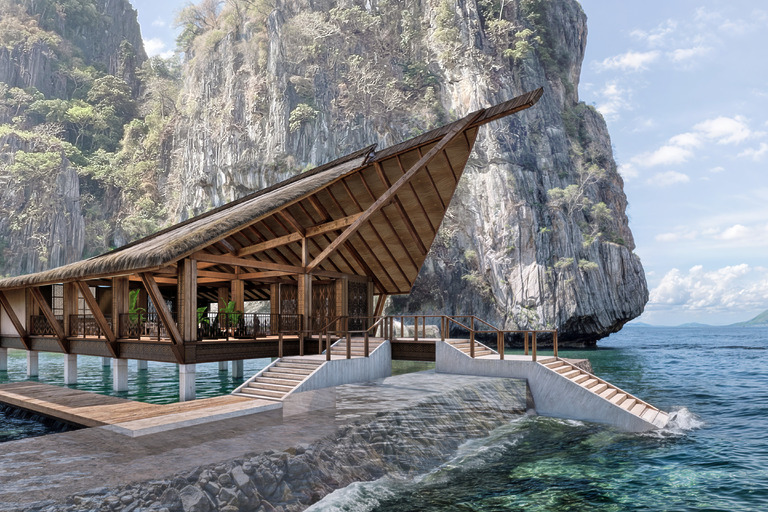
- Asia Pacific
A 6.9m acre site and master plan, set to redefine global tourism and environmentally conscious development in Saudi Arabia.
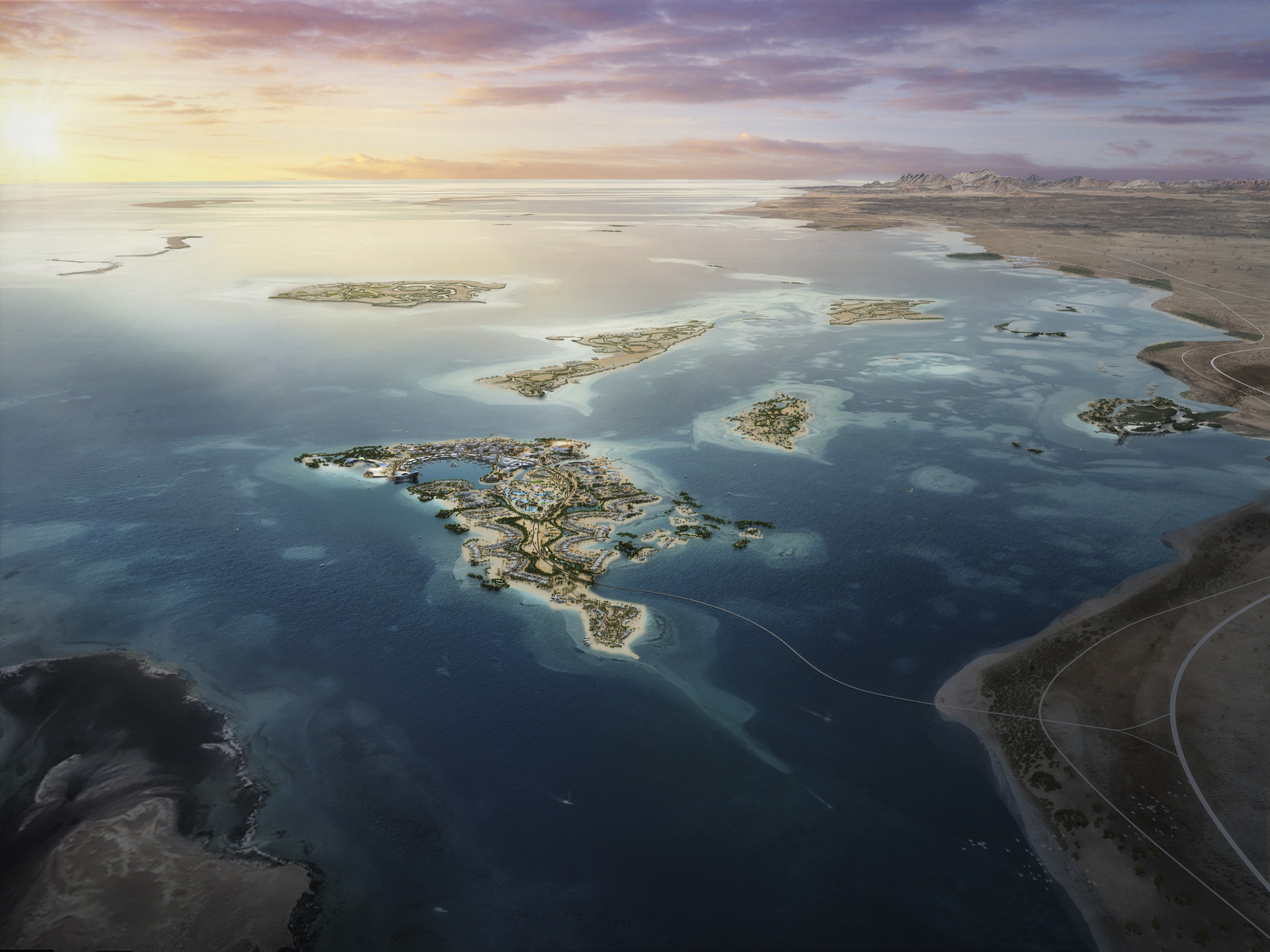
The Red Sea Coast, Saudi Arabia
Middle East
28,000 square kilometers (10,800 square miles, or 6.9 million acres)
Advisory, Architecture, Landscape, Master Planning
The vision of The Red Sea Development Company in collaboration with WATG, the program features 10,000 hotel keys and residential units, entertainment venues, amenities, community services, active and passive open spaces, support facilities, and infrastructure, including an international airport, resort, and service marinas, and a logistics center.
The primary focus of the master plan and broader development is long-term sustainability, integrating forward-looking strategies for the preservation and enhancement of marine and terrestrial habitats, infrastructure, architecture, landscape, and guest experience.
The development is anticipated to create 70,000 new jobs and contribute 22 billion Riyal to Saudi Arabia’s GDP.
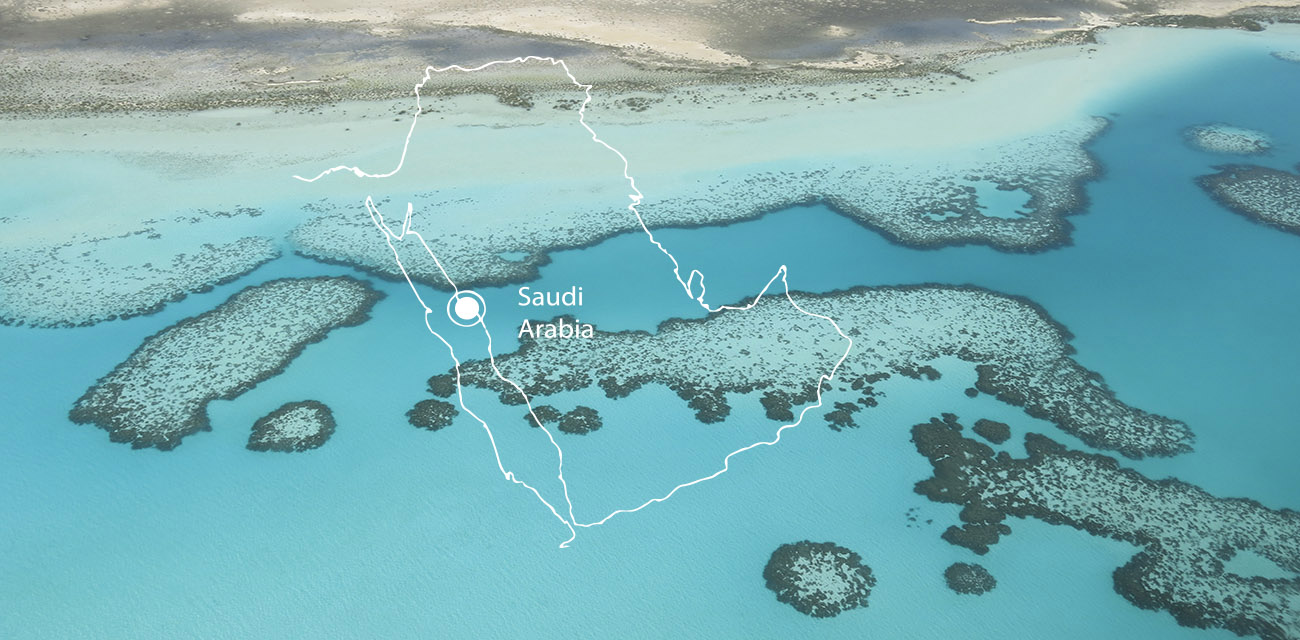
The Red Sea Saudi Arabia Map
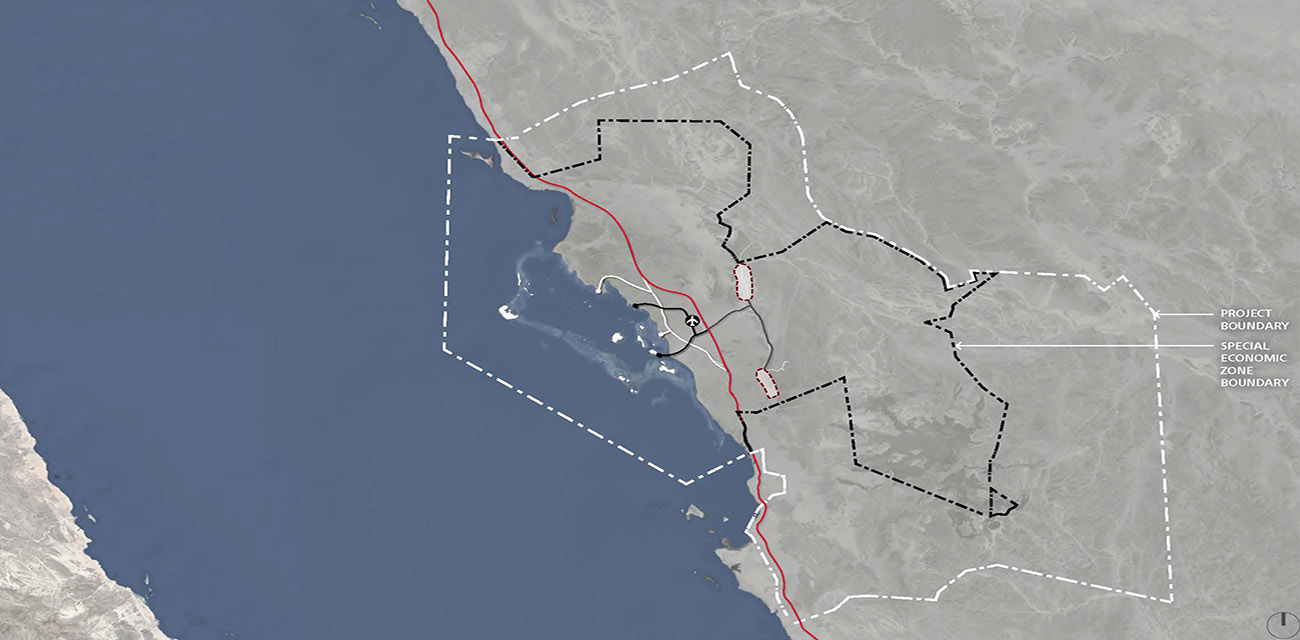
The Red Sea Phase 1 – Public Realm
With goals to diversify Saudi Arabia’s economy, ease social restrictions and create jobs, the Kingdom’s 2030 Vision seeks to introduce the country’s natural beauty, history, and culture to the world, and to improve the quality of life of residents, who will benefit from being better connected. As part of this broad vision, the Red Sea Project, led by the Red Sea Development Company, aims to achieve all of this on a massive, unprecedented scale. 28,000 square kilometers, including more than 90 islands, await strategic development on the northern Red Sea coast, between the cities of Um Luj to the South and Al Wajh to the North.
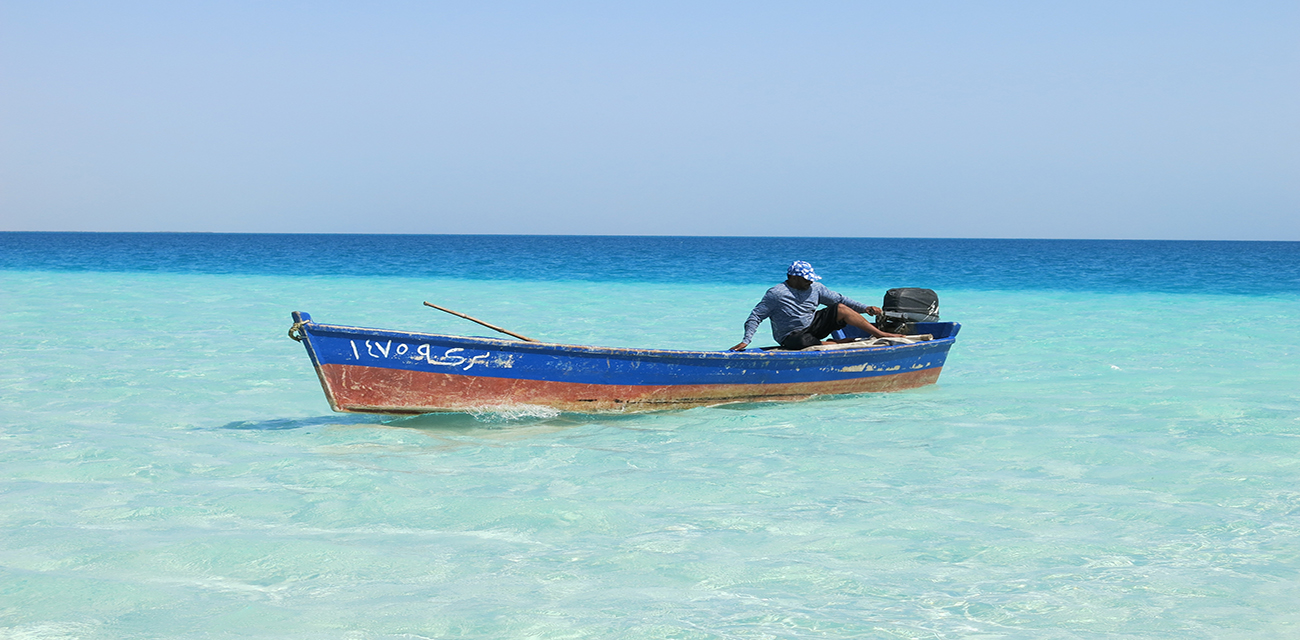
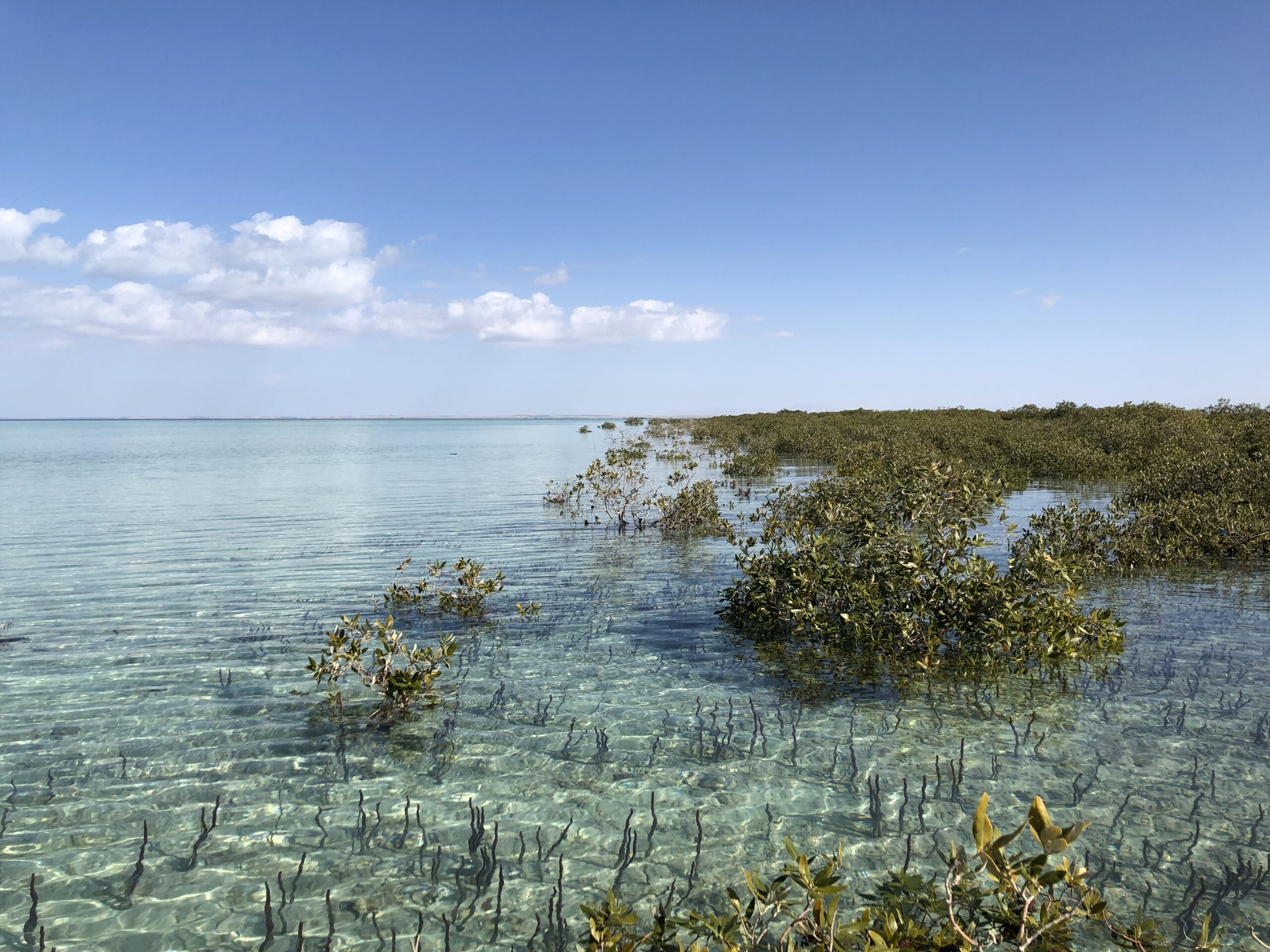
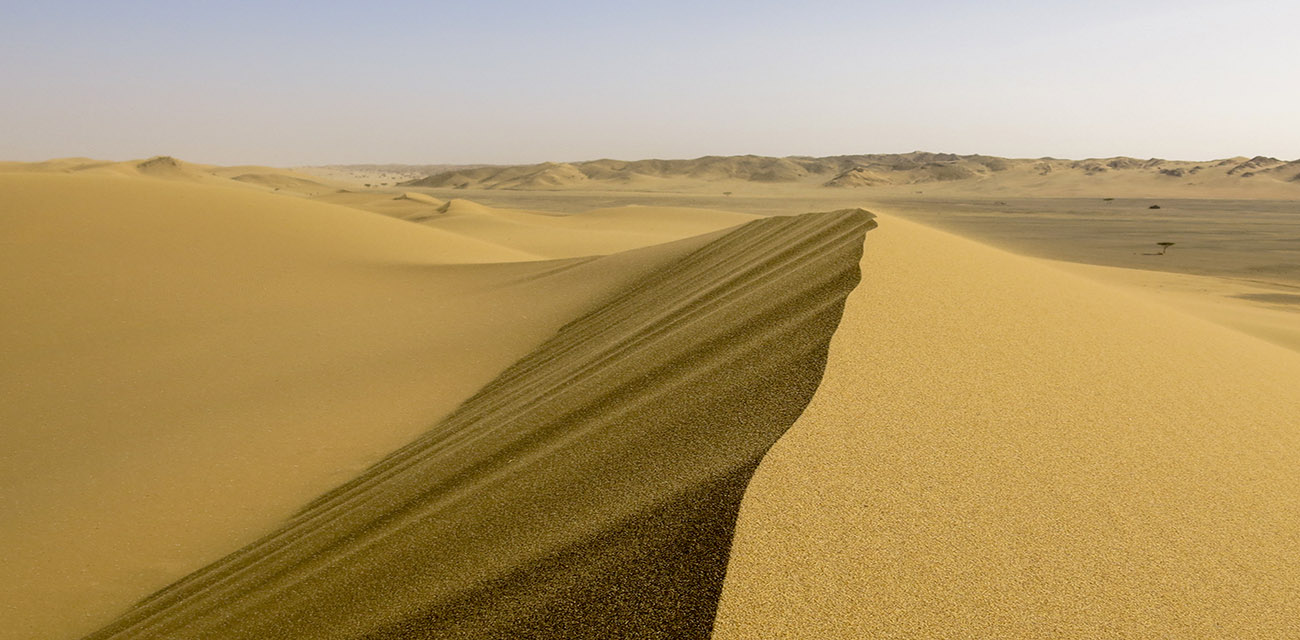
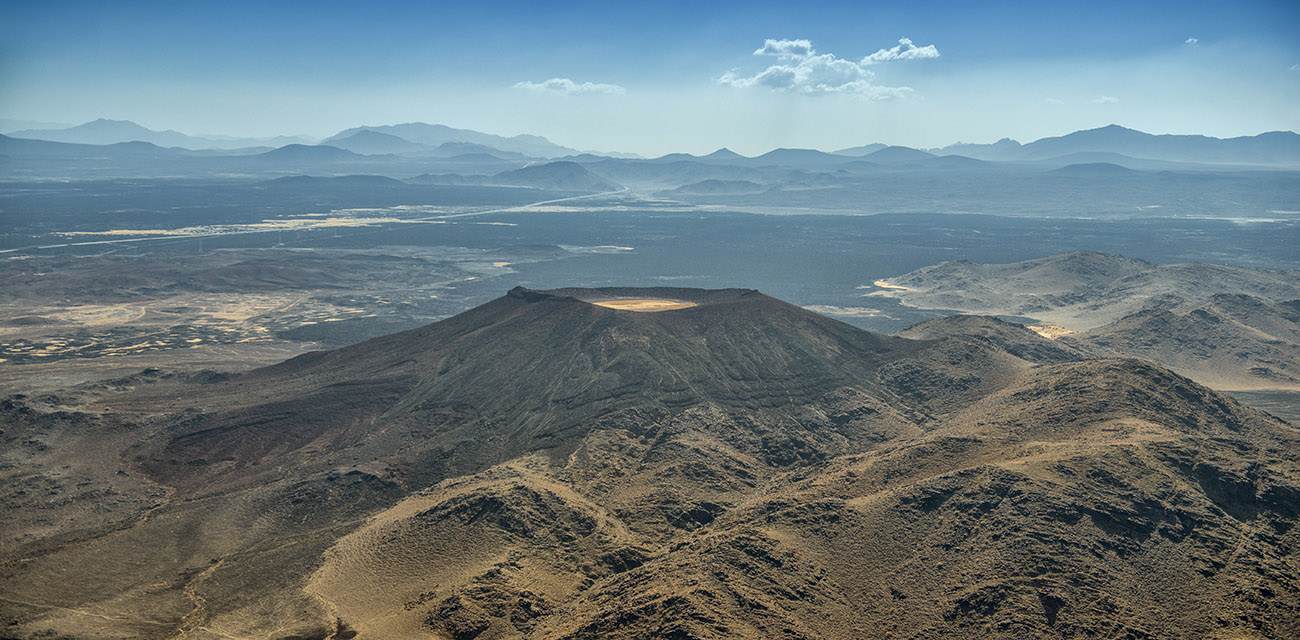
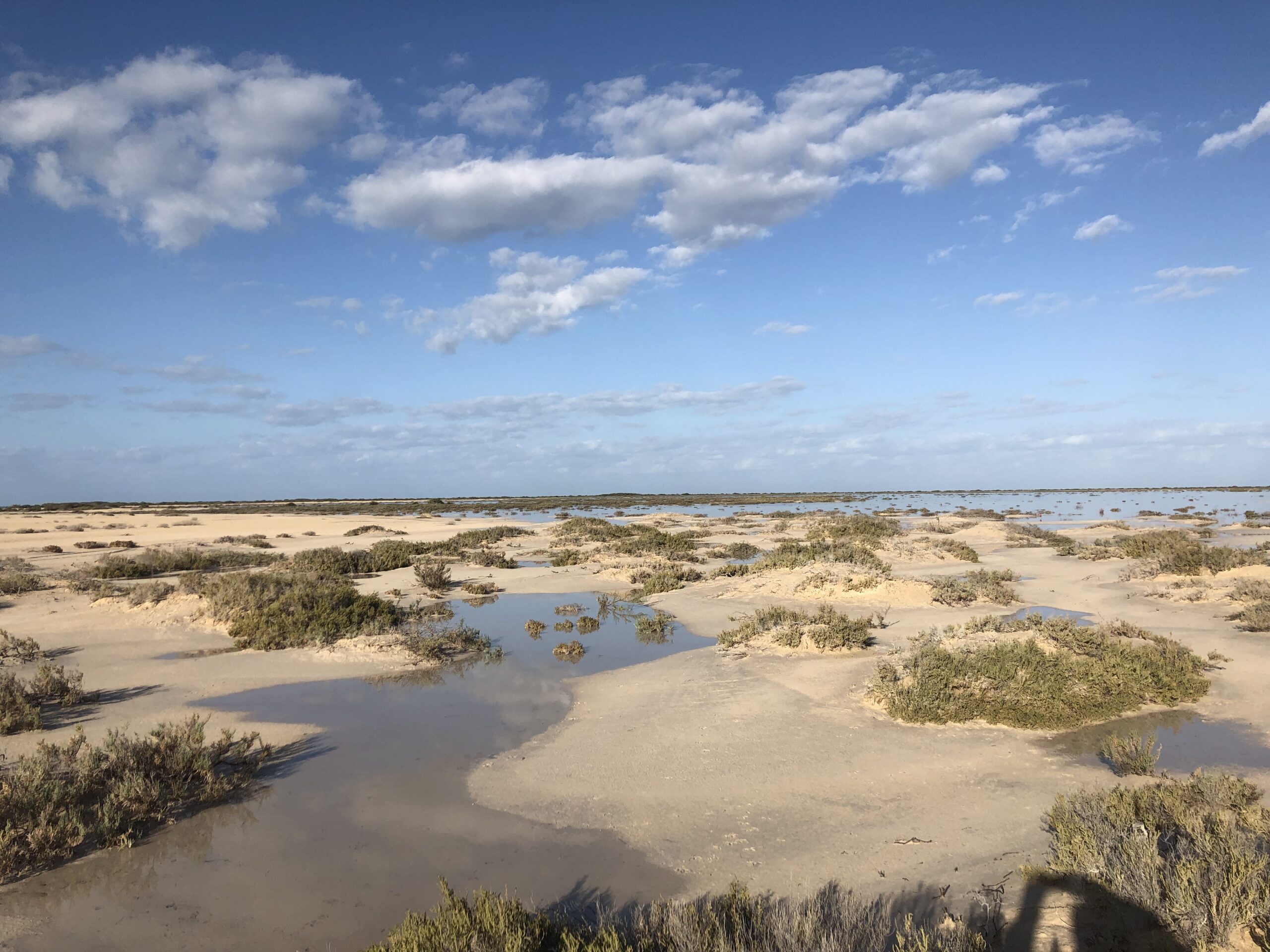
This archipelago and surrounding lagoon are home to a unique and diverse environmental ecosystem that must not be disturbed. Aquatic, coastal and inland wildlife such as coral, hawksbill sea turtles and osprey currently preside and thrive here. Even the water itself has a distinctive salinity. On the mainland coast, artifacts of ancient civilizations still stand among stunning desert landscapes, mountains, dormant volcanoes, and canyons. And the site is so remote that it’s not connected to civic infrastructure. So, the challenge from the start was to plan a development that would be uncompromising in its focus on sustainability and on the long-term resilience of the region.
The commitment to deliver exceptional experiences to visitors from around the globe must also be uncompromising. In today’s global economy, luxury and sustainability are inextricably linked. The destination must benefit rather than suffer from being visited. Modern luxury tourists demand exploration, not exploitation – to be part of a solution, not a problem. And where solutions don’t yet exist, the challenge is to create them.
Video courtesy of The Red Sea Development Company
WATG brought together an integrated global team of strategists, planners, architects, and landscape architects, and led a collaborative effort with environmental, marine, cultural, infrastructure, mobility, and amenity experts to create a master plan that incorporates the latest thinking on regional destination planning, resort design, guest experiences, conservation, sustainability, mobility, and security. Recommending a phased approach to development, the master plan provides a detailed implementation strategy for numerous islands (each with its own unique offerings), two coastal village hubs, and inland development that preserves and protects the overall natural, cultural, and historic significance of the site.
The primary focus of the master plan is long-term sustainability, and Saudi Arabia’s unprecedented opportunity to deliver hospitality experiences that cannot be found anywhere else in the world. By integrating forward-looking strategies for the preservation and enhancement of marine and terrestrial habitats, infrastructure, architecture, landscape, and guest experience, and by defining up front the impact each can have on both people and planet, the project sets ambitious new standards for sustainable development.
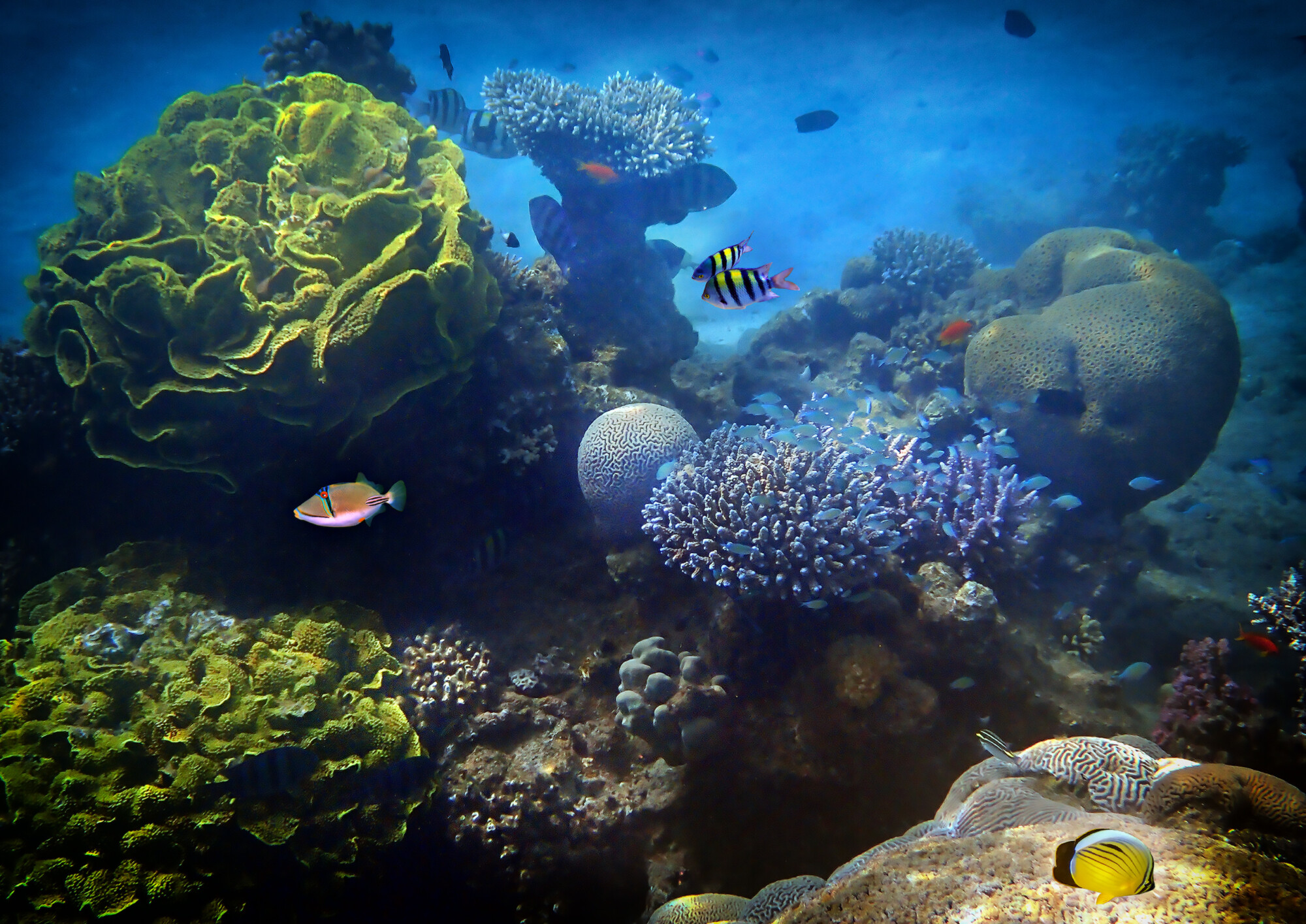
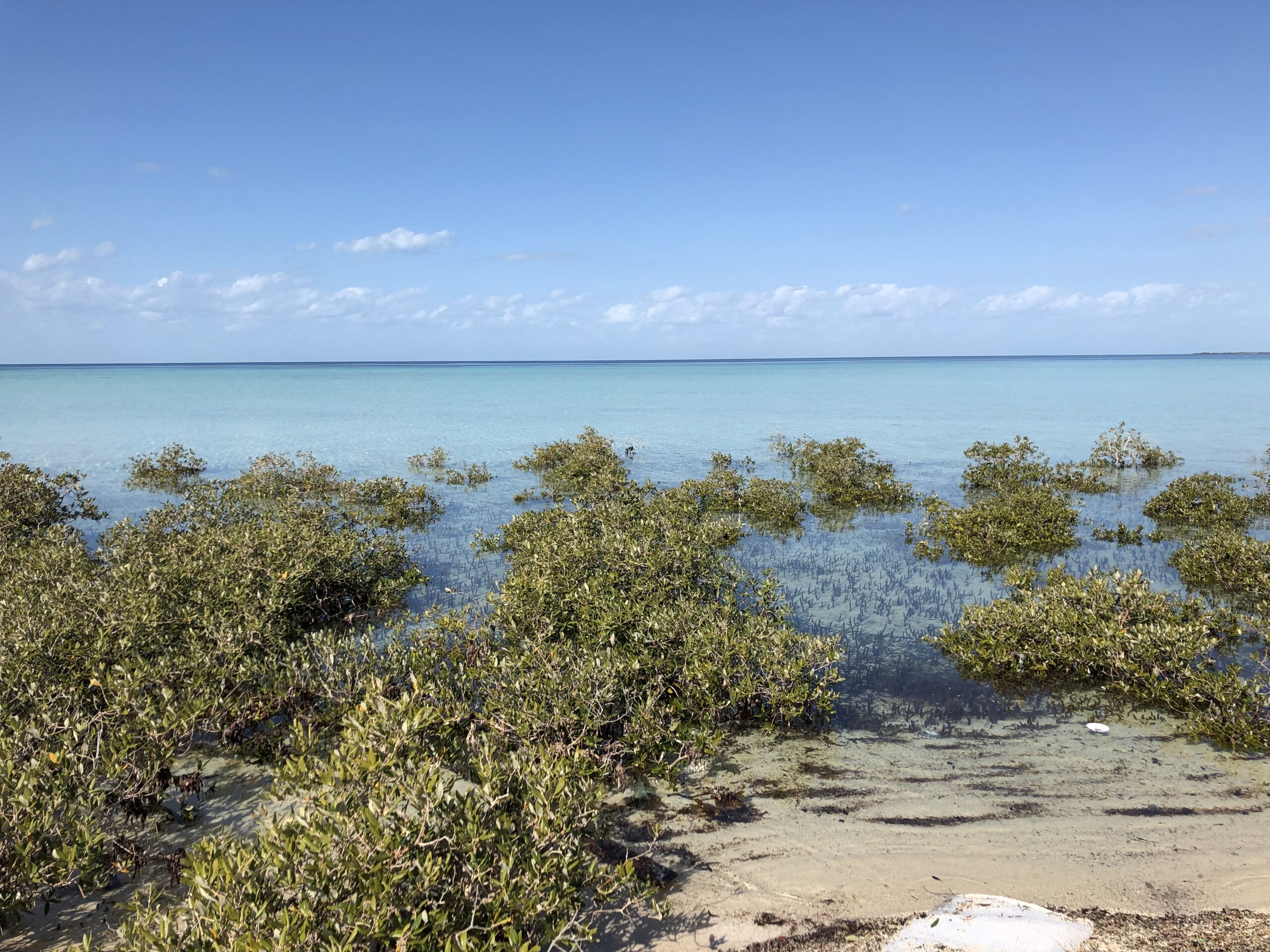

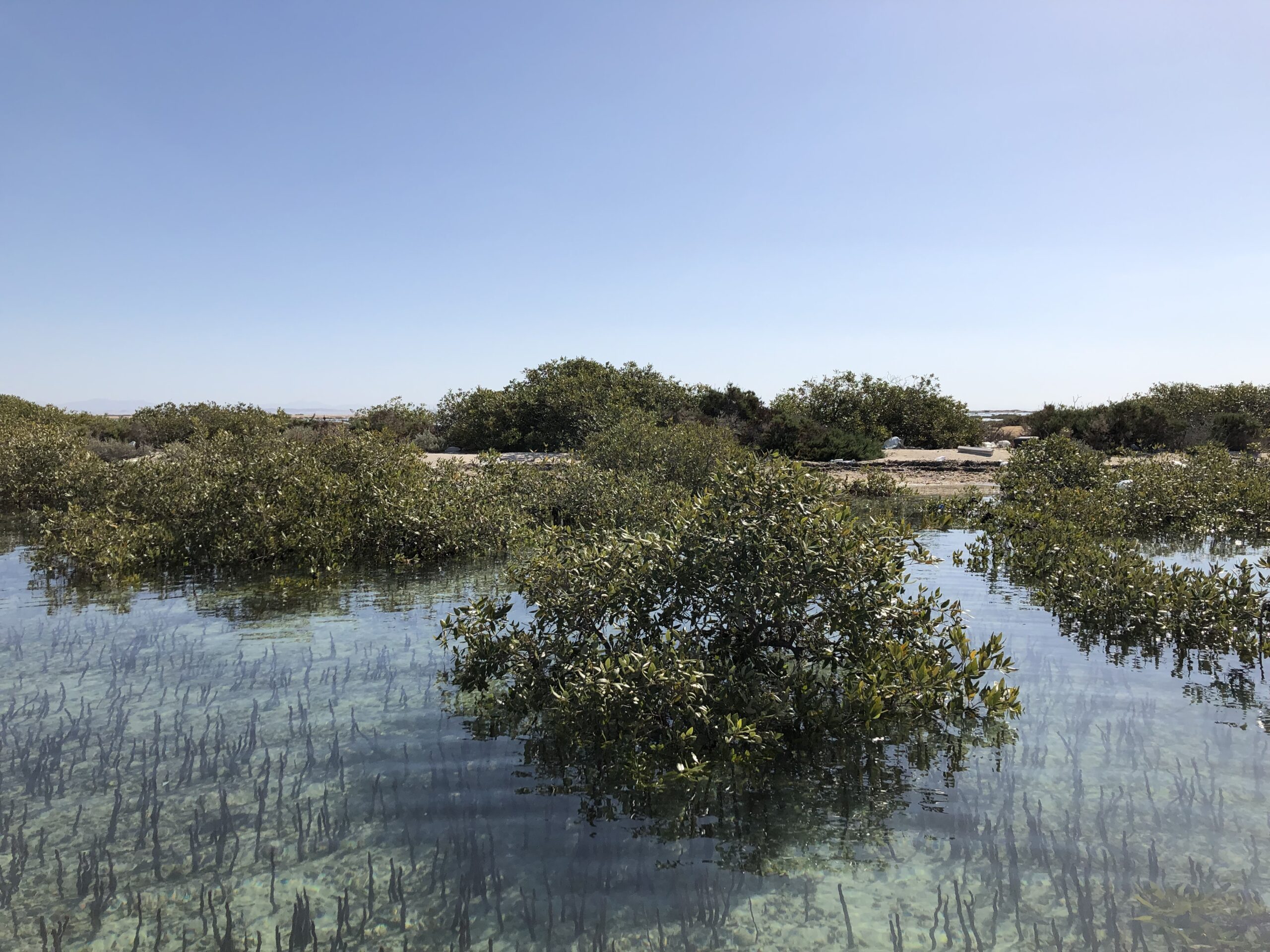
The site’s conservation strategy focuses on keeping development away from the most sensitive areas of the lagoon, avoiding key coral, seagrass, mangrove, and nesting habitats.
Design strategies (including strictly enforced navigation routes) prioritize the protection of the hawksbill sea turtles and their nesting grounds, as well as the rare, underwater coral. On land, the terrestrial management plan promotes the region’s overall biodiversity through wildlife reintroductions and enhancement of intertidal mangroves and native terrestrial landscapes in areas of disturbance.
The development’s infrastructure – already under construction – includes potable water generation and brine management (including a strategy for salt collection and retail distribution), reedbed sewage treatment and sustainable urban draining systems, a solid waste composting plant, and a waste-to-energy plant. Ensuring a net-positive impact on the region’s long-term resilience, 100% of the Red Sea Project’s required power will be generated on-site using a combination of rooftop and shaded structure photovoltaic (PV) panels, solar roads, and a solar PV farm.
Telecom, transit, and other smart city infrastructure are also at the foundation of the master plan. The mobility plan facilitates movement across land, air, and sea, and considers that the visitor’s journey begins as soon as each customer arrives. Connectivity is so seamless between destinations that transit becomes more than basic civic infrastructure; it becomes part of the end-to-end luxury experience. At inception, the development leverages today’s most high-tech and sustainable transit options including electric boats and planes, and autonomous transport systems. The master plan also anticipates technologies that are not yet realized and provide a flexible strategy for long-term growth and adaptation as new technologies and forms of transit are introduced.
A biomorphic approach utilizing pattern and form inspired by the natural systems found on the site.
In each physical element of the development, the architecture reflects and preserves the cultural heritage of the region and finds inspiration in natural elements of the mountains, volcanoes, and the wind – with the goal of creating “never seen before” destinations. Even the nests of osprey and other native birds inspire some of the architectural structures. Thermal comfort is an important factor in enhancing the quality of the Red Sea experience, so buildings are intentionally oriented to create ventilation corridors. Shading is also achieved using tree canopies, sculptural solar shade structures, and solar shading devices that are integrated into the architecture.
The overall guest experience is driven by a wide range of luxury accommodations – including innovations like aquapods and nomadic hotel rooms – with access to all-natural, cultural, and historic treasures that the region has to offer. This variety of hotel types ensures that the Red Sea Project will appeal to a variety of audiences, including locals, tourists, Western travelers, families, couples, and more.
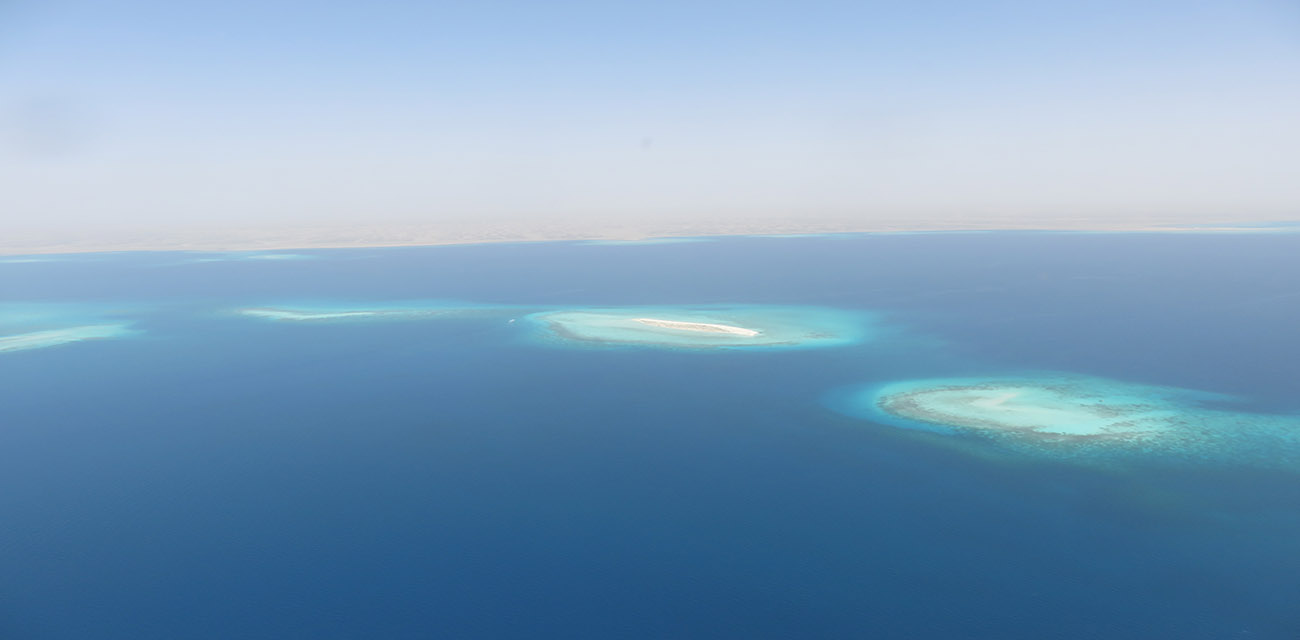
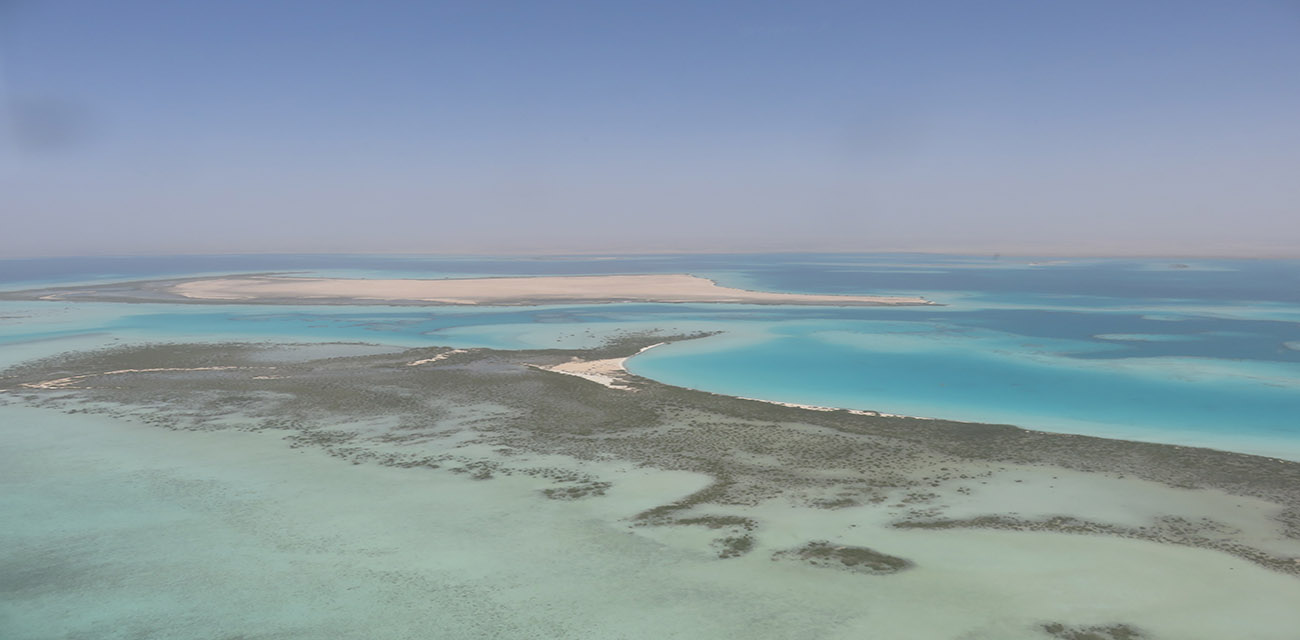
WATG’s master plan for The Red Sea Project outlines a cohesive strategy for a single place to deliver unlimited experiences at an extraordinary scale, keeping people coming back for generations. Detailing a new international airport, more than 50 new hotels, and a new town for the 35,000 people who will live and work in the development, the plan provides a road map for the region’s success in the short and long term. Even more critically, the master plan prioritizes environmental impact, and creates natural preserves that allow sensitive marine and terrestrial ecosystems to thrive. The result is a development that is anticipated to create 70,000 new jobs and contribute 22 billion Saudi Riyal to the national economy, without compromising the region’s natural resources.
By opening Saudi Arabia up for international tourism, the Red Sea Project sets a new global standard for luxury travel and resort destinations and catapults the country toward achieving its 2030 Vision.

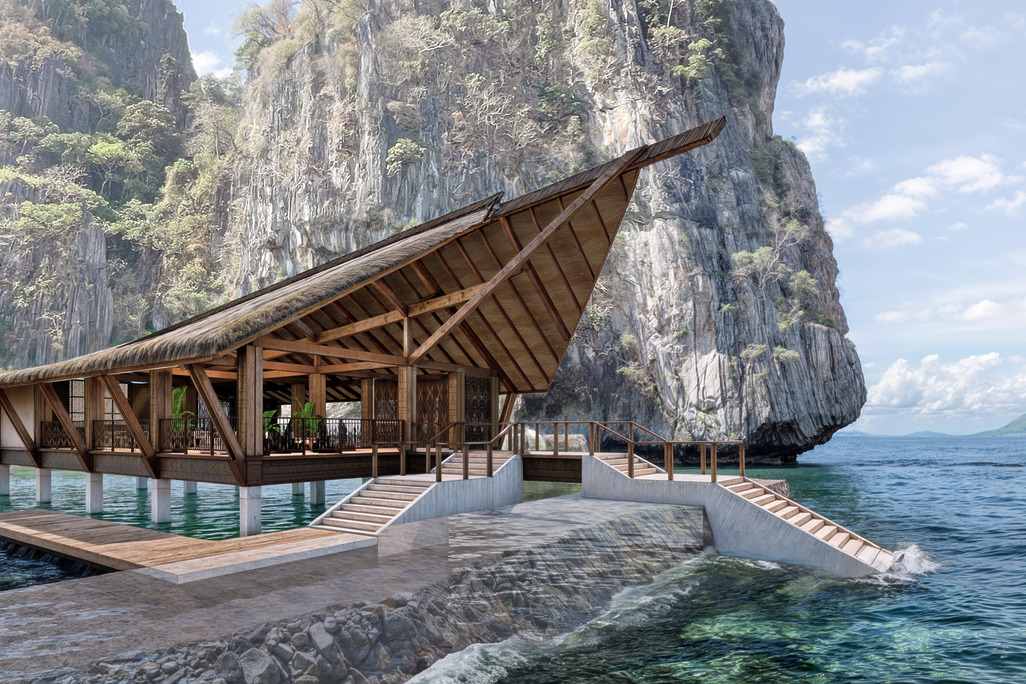
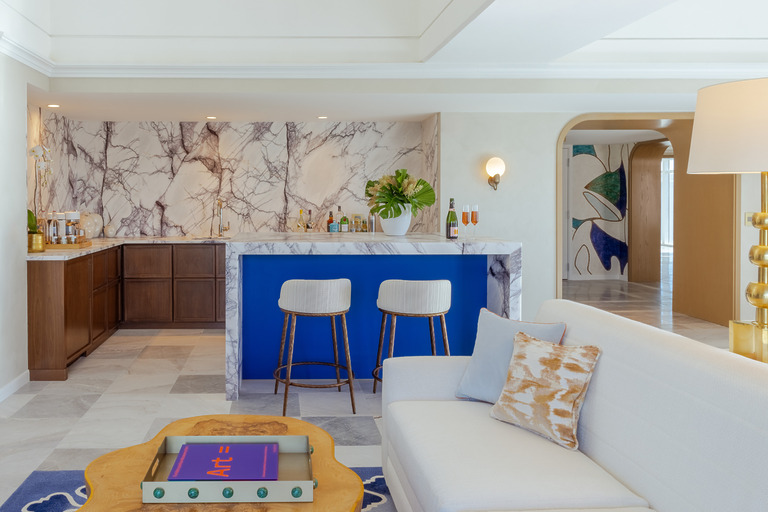
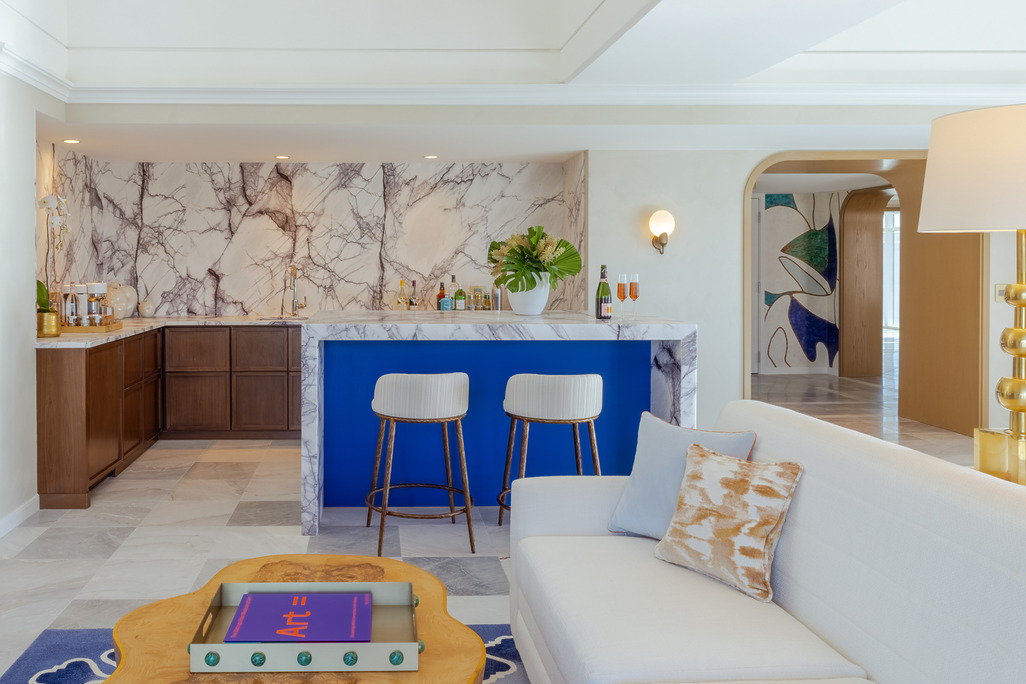
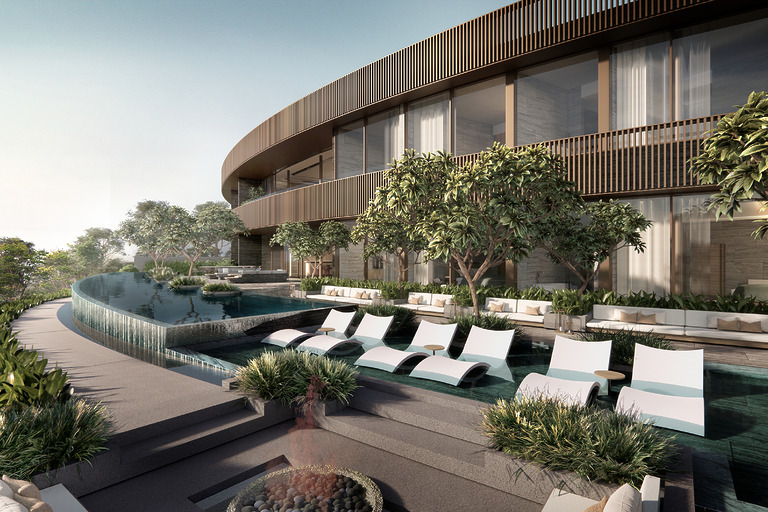
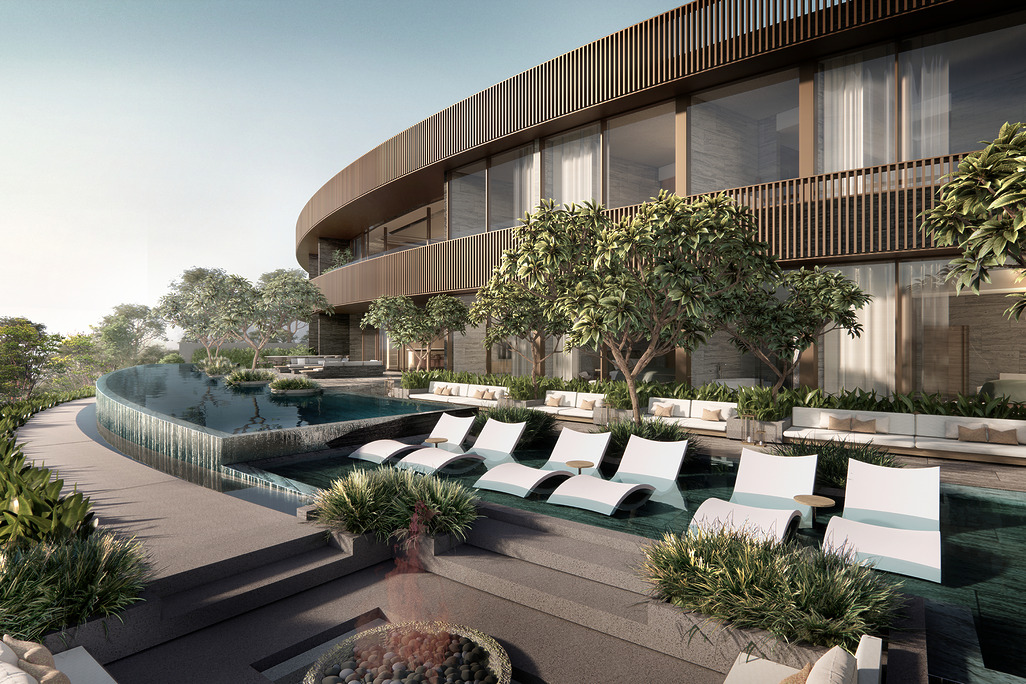
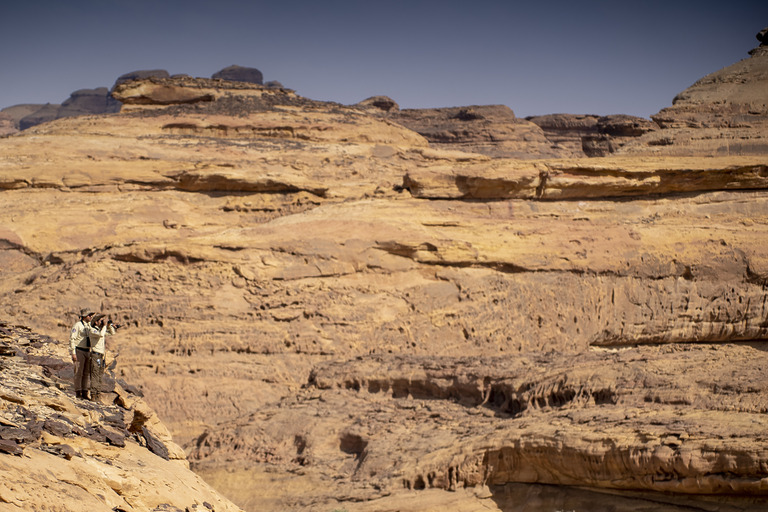
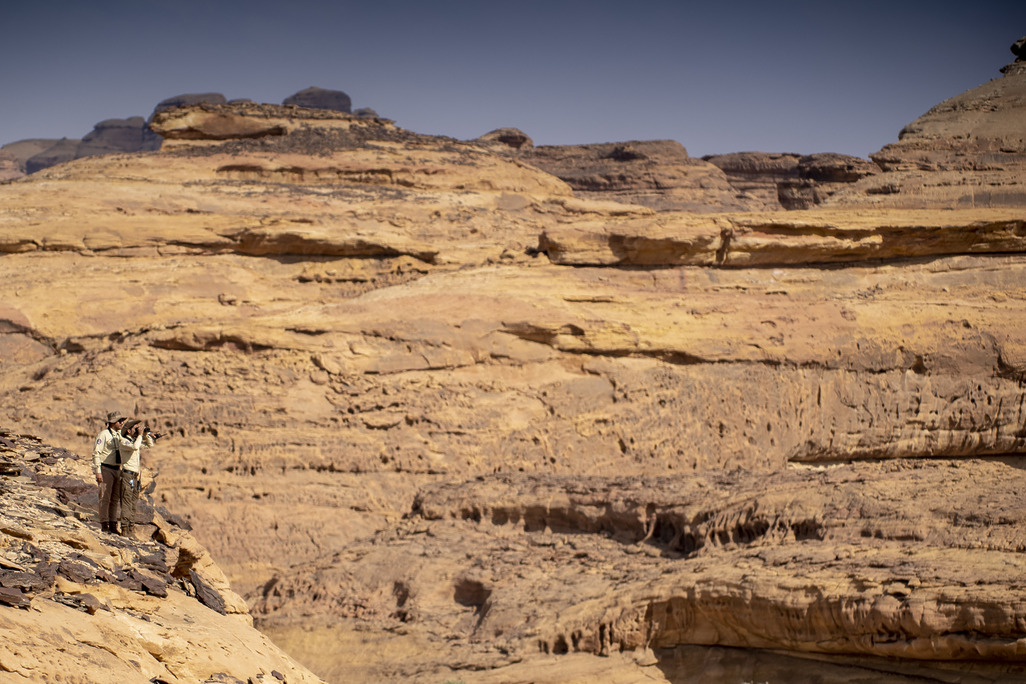
More Projects






